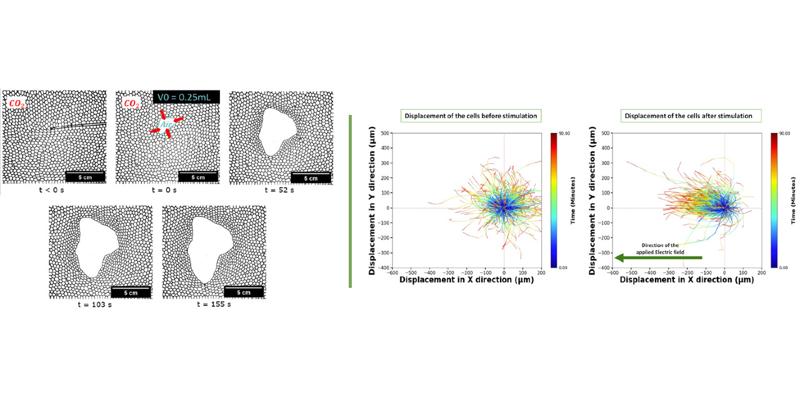- Share
- Share on Facebook
- Share on X
- Share on LinkedIn
Séminaire
On July 12, 2024

Cécile APRILI (MODI) // Niloofar PISHKARI (µTiss)
Capture of CO2 Using Aqueous Foam
Cécile APRILI (MODI)
In order to limit global warming, several IPCC scenarios are based on an intensive capture of CO2 from the atmosphere to reduce the greenhouse effect. This objective is technically ambitious since it requires the development of processes to capture the diluted CO2 from air (relative concentration of 0.04%), to separate it from other gases in the atmosphere and to concentrate it in order to limit the storage volumes. In this context, using aqueous foams to bring CO2 and the absorbing liquid solvent into contact offers several advantages: i) the foams have a large gas/liquid exchange surface, ii) they are fluid and can therefore be destroyed or regenerated on demand iii) their selectivity for the transfer of CO2 compared to nitrogen or oxygen is high. Yet, the kinetics of gas transfer through the soap film, quantified using the gas permeability (which encompasses the subtlety of micro-scale transfer), can reveal surprising features.
*******************************************************************************
How to Electrically Persuade Cells to Dance to Your Tune
Niloofar PISHKARI (µTiss)

Studying how cells move in specific directions provides key insights into the mechanisms behind complex multicellular biological processes such as morphogenesis, wound healing, and cancer progression. Galvanotaxis or electrotaxis serves as a specialized tool that guides cell migration, allowing us to uncover the intricacies of their behavior. The innovative 'SCHEEPDOG' platform that we use provides the possibility to precisely orchestrate cell migration in desired directions and gives us the ability to electrically persuade our cells to dance to our tune. Different cell types exhibit diverse responses to these stimuli, influenced significantly by the intensity of the electric field. Migratory responses involve not only changes in direction but also changes in velocity of movement. However, the question remains: how exactly does the motile machinery of cells accomplish this feat?
Date
11:00
Localisation
LIPhy, salle de conférence
- Share
- Share on Facebook
- Share on X
- Share on LinkedIn